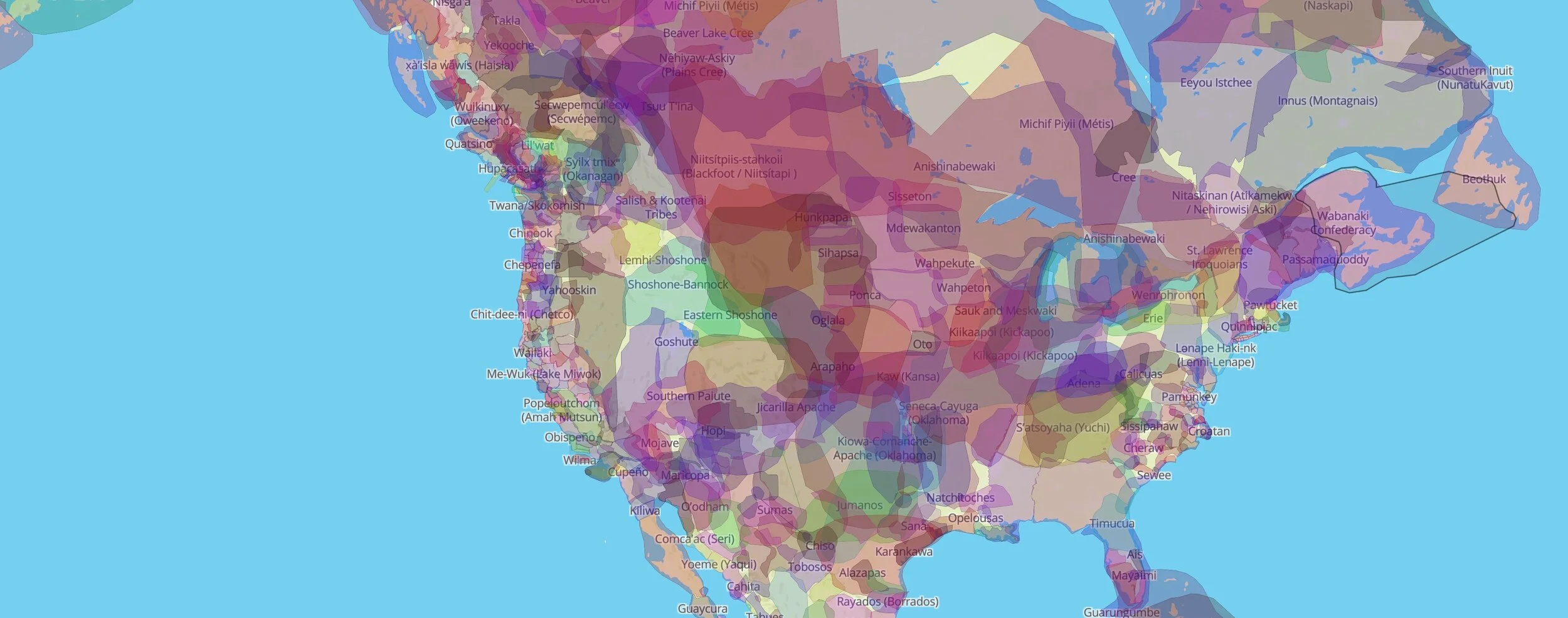Raising Anti-Racist Kids!
/interactive map identifying Indigenous territories, treaties, and languages across the world in a way that goes beyond colonial ways of thinking in order to better represent how Indigenous people want to see themselves. https://native-land.ca/
Helping parents and caregivers have hard conversations with kids is one of our favorite things to do.
Last month, we debuted a new program to do exactly that: supporting family discussions about race and anti-racism with the same values-centered lens we encourage for talks about sex and sexuality. The client (Akamai) was our first international corporation, and the program was a joint venture between their employee-parent group and their employees-of-color group. Our first session was a hit, full of lively chatter and awesome questions, and a much larger-than-expected turnout. We’re looking forward to our next workshop and we’d love to bring this program to a parent group near you!
Over the past year, our organization has encouraged recognition that comprehensive sex-ed must include an intersectional awareness of power, prejudice, and bias. Much of the guidance for parents is the same, whether you’re talking to a child about sexuality or race: children are naturally observant and curious, and when adults don’t say anything, it says a lot. Acknowledging their questions affirms that they were right to ask you, instead of sending the message that this topic is taboo. When your child notices differences in people, tell them that you think differences are amazing and beautiful! Humankind is a spectacular rainbow of diversity, and that’s what makes our relationships with others so exciting.
For older children, especially those who are likely to experience race-based privilege, the next step is to work on “deprogramming” the messages of white supremacy that are folded into so much media and education. Question the representation of People of Color in TV and movies; ask what has been left out of their history curriculum; seek out other narratives. One great place to start is by learning about the indigenous people who first lived on the land your family lives on now. Try one of these links:
Los Angeles area Native Land
These interactive maps allow you to look up the First Nations anywhere in the world; we encourage you to explore them with your curious kiddos. But don’t stop there—when we only discuss native people in a historical context, we erase the current reality of many ethnic groups who are very much alive and often still fighting for rights and recognition from the US government today. Find out where the first inhabitants of your area are living now, and if you have the means, what you can do to support them.
Building a more just and compassionate world begins at home. We are always grateful and inspired by the depth of care from loving adults trying with all their might to raise children who will help build the better world we all dream of.




